Significance of Vase and Jars
Function Meets Spirituality
Vases and jars are more than functional items; they represent rich histories, cultures, and artistic expressions. From ancient Armenian wine jars and Greek amphorae to Japanese vases and Chinese ceramics, these vessels showcase the creativity of their makers.
Early Beginnings
The earliest vases and jars were utilitarian, designed for storing grains, water, oils, and precious goods. Over time, their forms became intertwined with religious and cultural symbolism, serving as offerings to gods, funerary objects, and status symbols in ancient societies.
Artistic Expression
With the development of glazing, painting, and advanced pottery techniques, vases and jars became canvases for storytelling. Scenes of myth, daily life, and cosmic order adorned their surfaces, transforming everyday objects into enduring works of art.
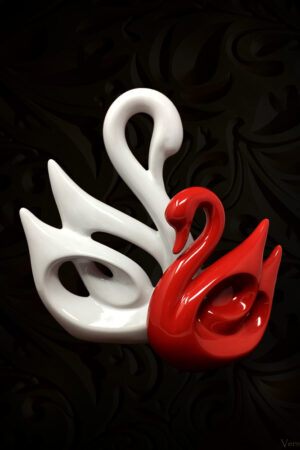
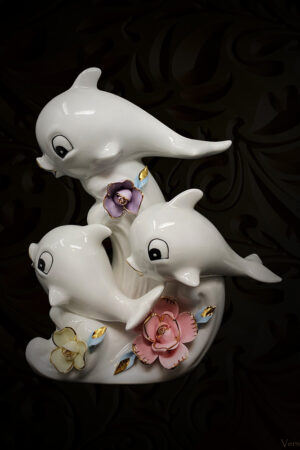
Symbolism of Vases
Across civilizations, the vase is a metaphor for the womb, creation, and the nurturing of life. In ancient rituals, vases filled with water or wine signified renewal, fertility, and celebration.
Full Vase:
Showcases abundance, hospitality, and generosity.
Empty Vase:
Potential, invitation, and the beginning of new journeys.
Symbolism of Jars
Jars, especially those with lids, represent protection, mystery, and the safeguarding of precious contents—be they spices, grains, or secrets.
Sealed Jars:
They are used to keep things safe, protect secrets, and ensure trust.
Open Jar:
Sharing, revelation, and communal joy.
– – –
Greek Vase
Types of Greek Vases:
Greek vases, celebrated for their elegance and storytelling, served both practical and ceremonial purposes. Potters in ancient Greece perfected forms and painting techniques that defined the classical era.
Major Types of Greek Vases:
Amphora:
Two-handled jar for storing wine or oil, often used as a prize in athletic games.
Krater:
Wide-mouthed vessel for mixing wine and water at feasts.
Kylix:
Shallow drinking cup, known for its decorative inner scenes.
Lekythos:
Narrow jars are used for storing perfumed oil and are frequently found in funerary contexts.
Iconography and Symbolism
Greek vases depicted myths, gods, and heroes each motif carefully chosen to convey meaning
Olive Branches:
Peace, victory, and prosperity.
Dionysian Scenes:
Celebration, joy, and the pleasures of life.
Athletic Imagery:
Strength, honor, and communal pride.
The Social Role of Greek Vases
Vases played a central role in Greek social life, used in symposia, religious ceremonies, and as cherished gifts marking significant events.


Vases in Modern Gifting
Why Gift a Vase or Jar?
The tradition of gifting vases and jars endures because these objects embody wishes for abundance, beauty, and lasting happiness. Their universal symbolism makes them suitable for weddings, housewarmings, anniversaries, and other significant milestones.
Contemporary Symbolism
Crystal or Glass Vase: Purity, clarity, and celebration.
Ceramic Jar: Warmth, comfort, and artisanal tradition.
Handpainted Greek Vase Replica: Heritage, wisdom, and timeless artistry.
Personalizing Vase and Jar Gifts
Select designs that reflect the recipient’s story or aspirations. Select motifs such as laurel wreaths for success or lotus flowers for spiritual growth, to add meaningful layers to your gift.
– – –
Guardians of Wine
The Role of Jars in Armenian Antiquity
In ancient Armenia, jars locally known as “karas” were essential to daily life and ritual, playing a central role in both agriculture and spirituality. These large, earthenware vessels were masterfully crafted to store wine, water, and grain, often buried underground for optimal preservation.
Key Features of Armenian Jars
Shape and Size:
Massive, rounded bodies with narrow necks to prevent evaporation and contamination.
Material:
High-fired clay or terra cotta, ensuring durability and ideal microclimates for fermentation.
Function:
Used for fermenting, aging, and storing wine—a tradition deeply embedded in Armenian culture and religious ceremony.
Symbolic and Cultural Meaning
Wine as Life:
Armenian jars are synonymous with fertility, celebration, and the sacredness of the harvest.
Spiritual Rituals:
In ancient times, jars were used in rites to honor deities and ancestors, symbolizing abundance and the cycle of life.
Legacy in Modern Gifting
Today, replicas of Armenian wine jars are cherished gifts, representing prosperity, heritage, and the enduring spirit of communal celebration.
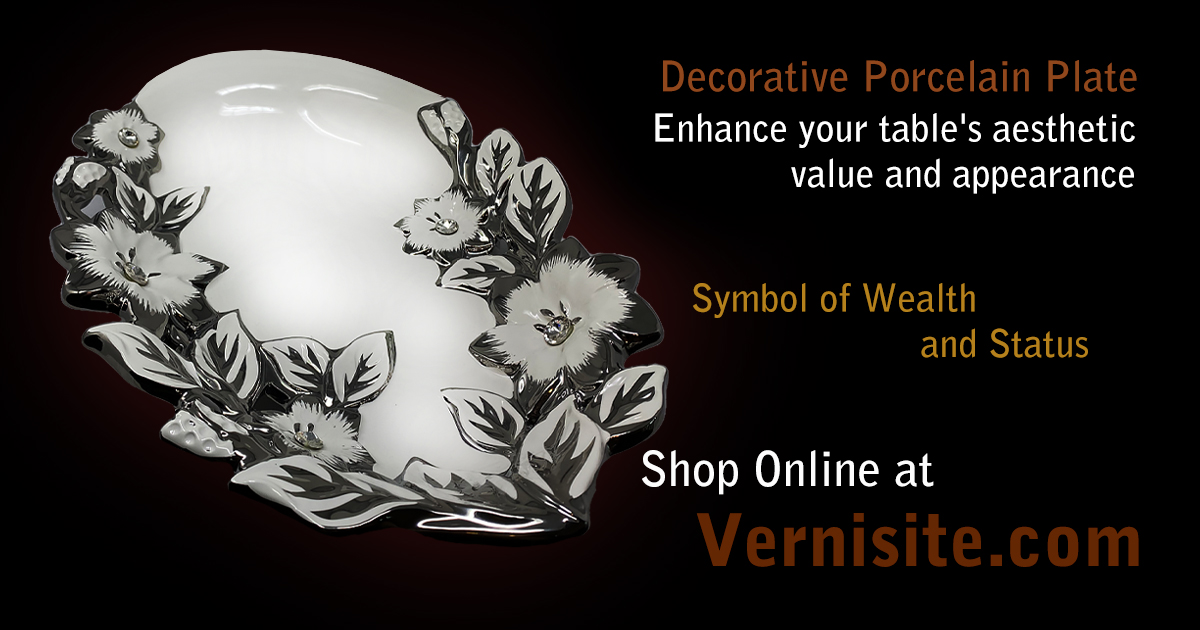
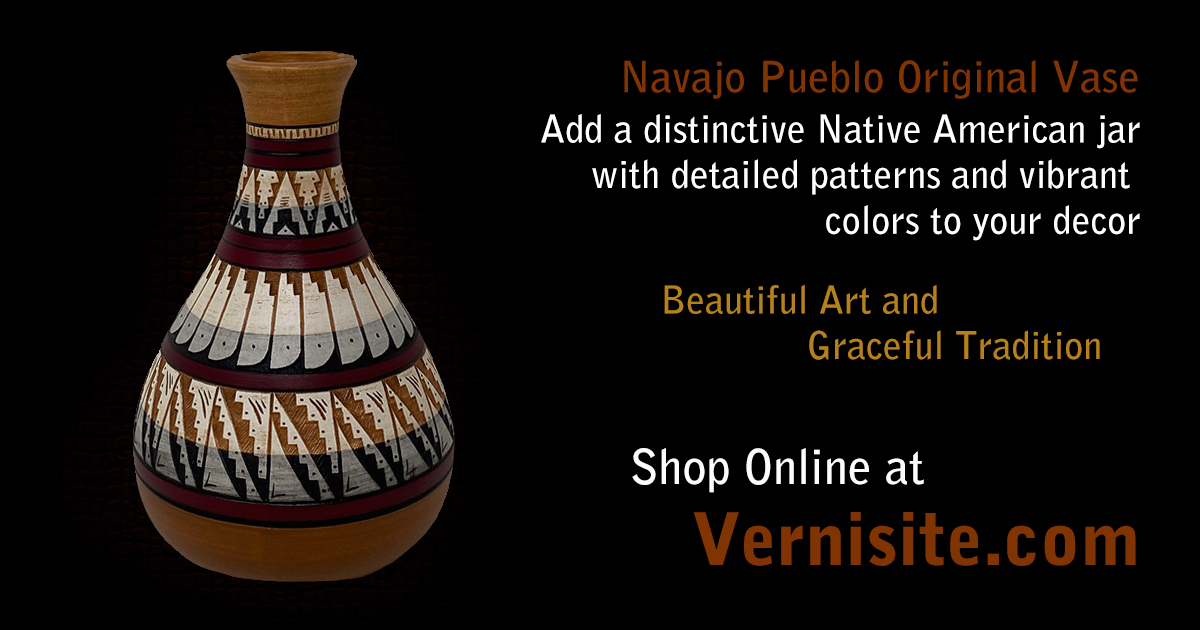
The Harmony of Japanese Vases:
The Essence of Japanese Vase Design
Japanese vase artistry is inextricably linked to the country’s philosophical reverence for nature and simplicity. From porcelain masterpieces to rustic earthenware, Japanese vases are designed with understated elegance, often serving as the centerpiece for Ikebana—the art of flower arrangement.
Core Characteristics
Minimalism:
Clean lines, subtle glazes, and asymmetrical forms that highlight the beauty of emptiness (ma).
Natural Motifs:
Cherry blossoms, bamboo, and seasonal themes painted or incised into the surface.
Varieties:
Sake flasks, cylindrical “tokkuri,” bulbous “tsubo,” and slender “hanaire” vases.
Ikebana: The Living Art of Flowers
Philosophy:
Ikebana emphasizes balance, impermanence, and the harmonious coexistence of man and nature.
Vase Selection:
The choice of vase is crucial, as it affects the composition’s height, flow, and symbolism.
Seasonal Gifting:
Japanese vases, often presented with a floral arrangement, are popular gifts for life milestones, seasonal festivals, and expressions of gratitude.
Chinese Vase and Jar
From Ancient Dynasties to Modern Collectibles
The Evolution of Chinese Ceramics
Chinese vases and jars stand among the most celebrated artifacts in the world, tracing a lineage from the Neolithic period through the Tang, Song, Ming, and Qing dynasties to contemporary studios.
Hallmarks of Chinese Vessels
Material Innovation:
Early pottery, high-fired stoneware, and the global icon of porcelain—often called “china.”
Forms:
Meiping (plum vase), Gu (ritual vessel), Hu (wine jar), and ginger jars, each with specific cultural associations.
Decorative Styles:
Blue-and-white motifs, family rose enamels, dragon and phoenix designs, and poetic calligraphy.
Symbolic Meanings
Dragons and Phoenixes:
Power, harmony, and imperial blessing.
Lotus Flowers:
Purity and spiritual enlightenment.
Peonies:
Wealth, honor, and feminine beauty.

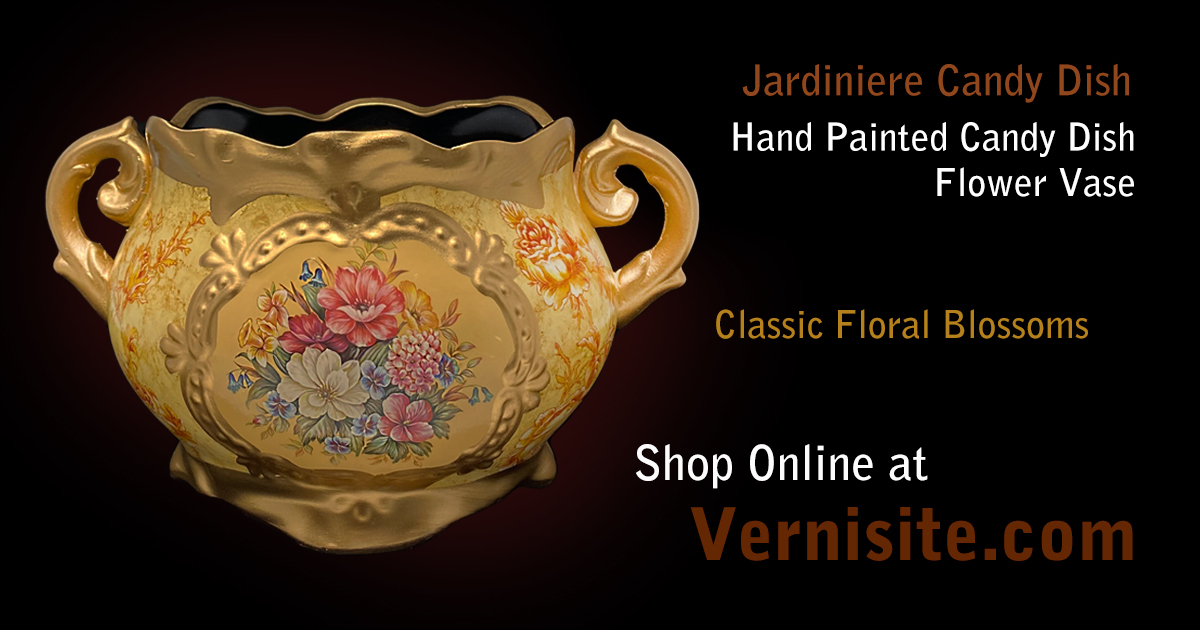
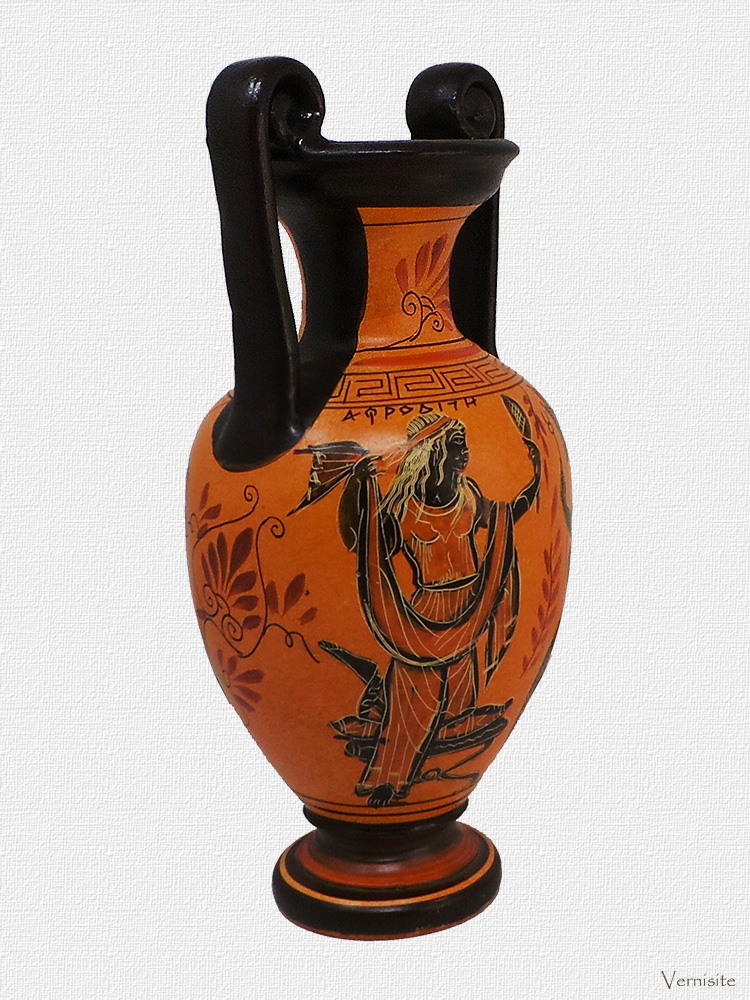
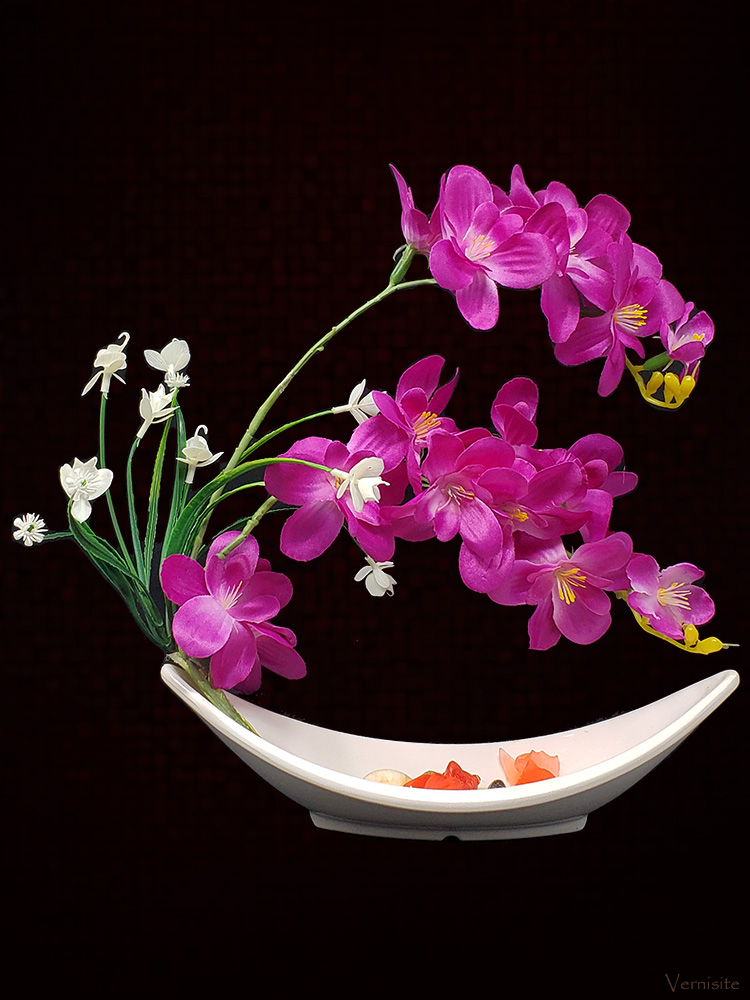
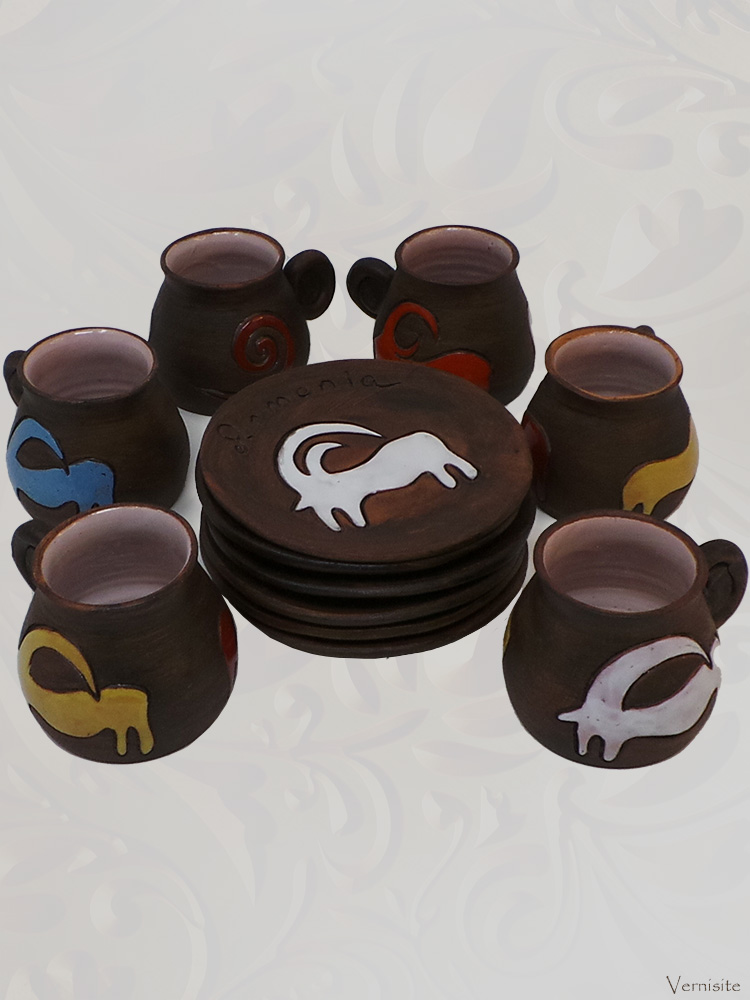
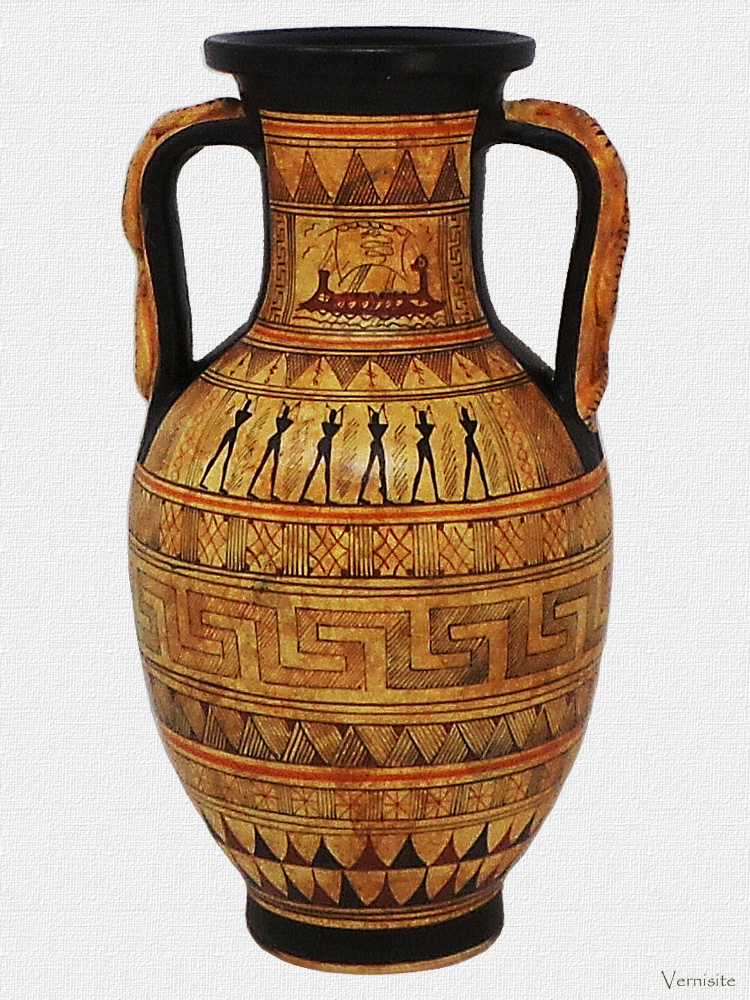
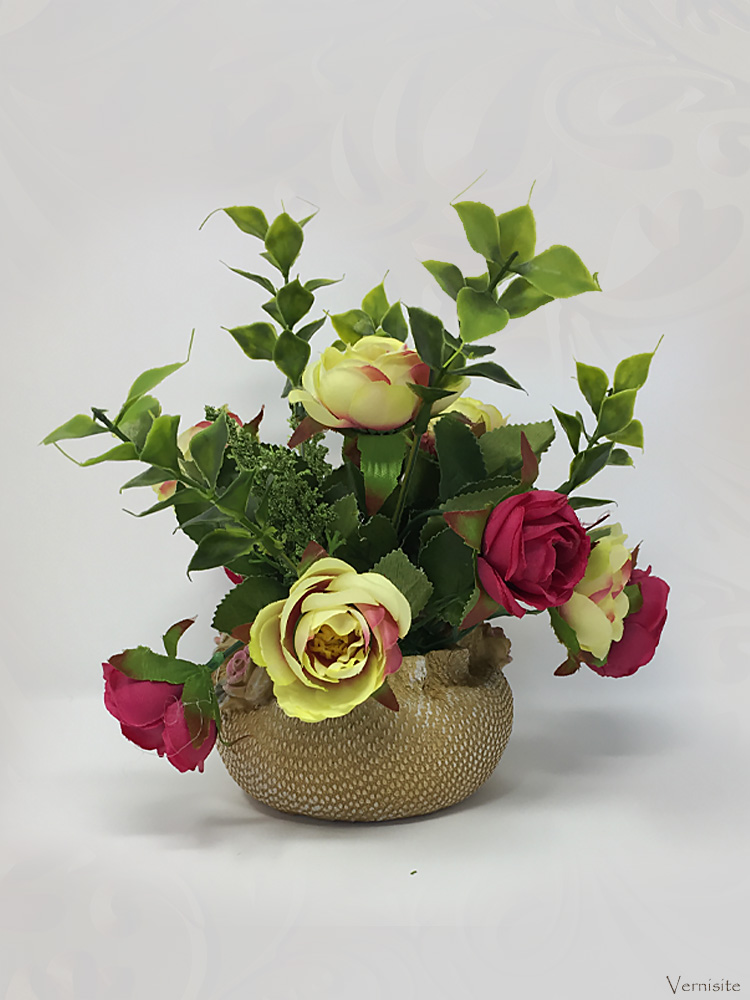
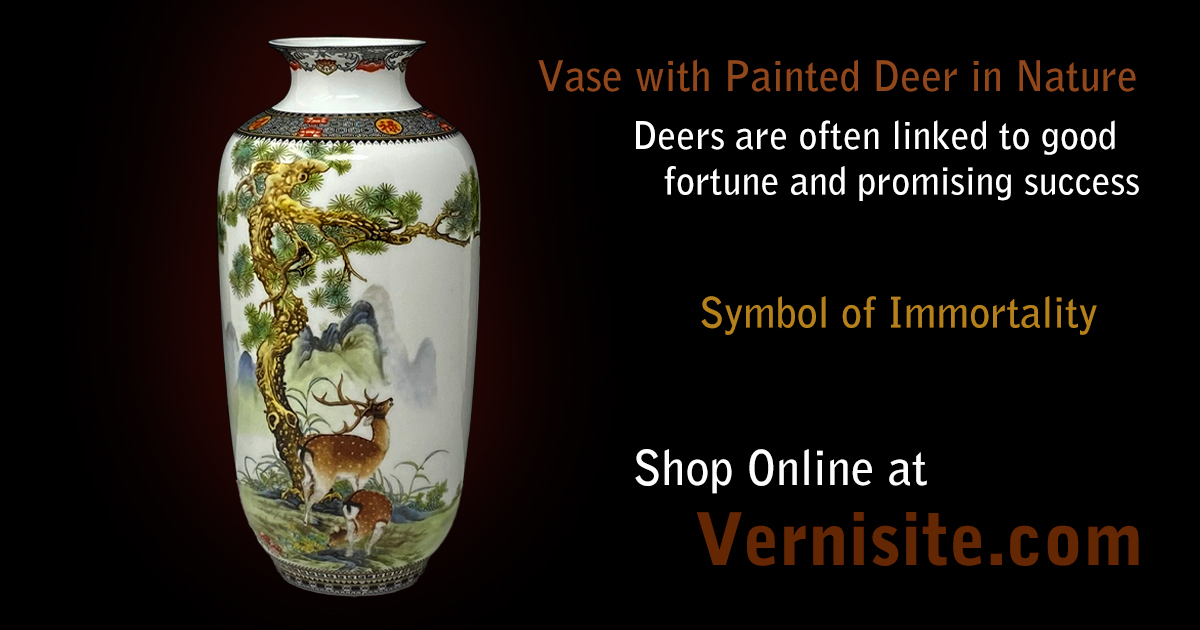
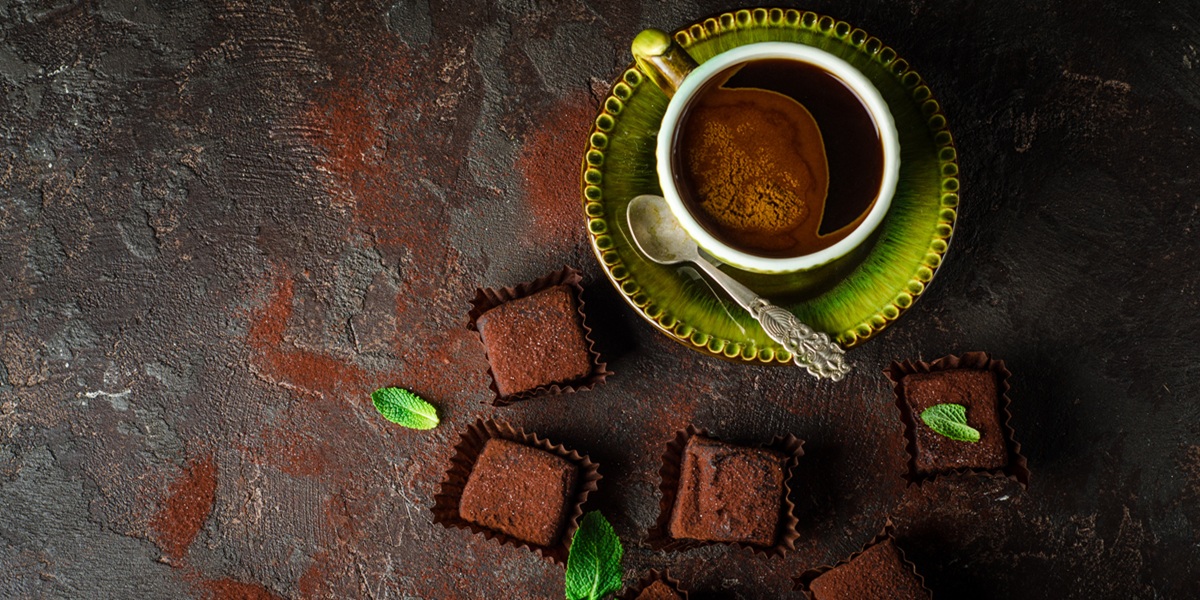

Leave a Comment
You must be logged in to post a comment.